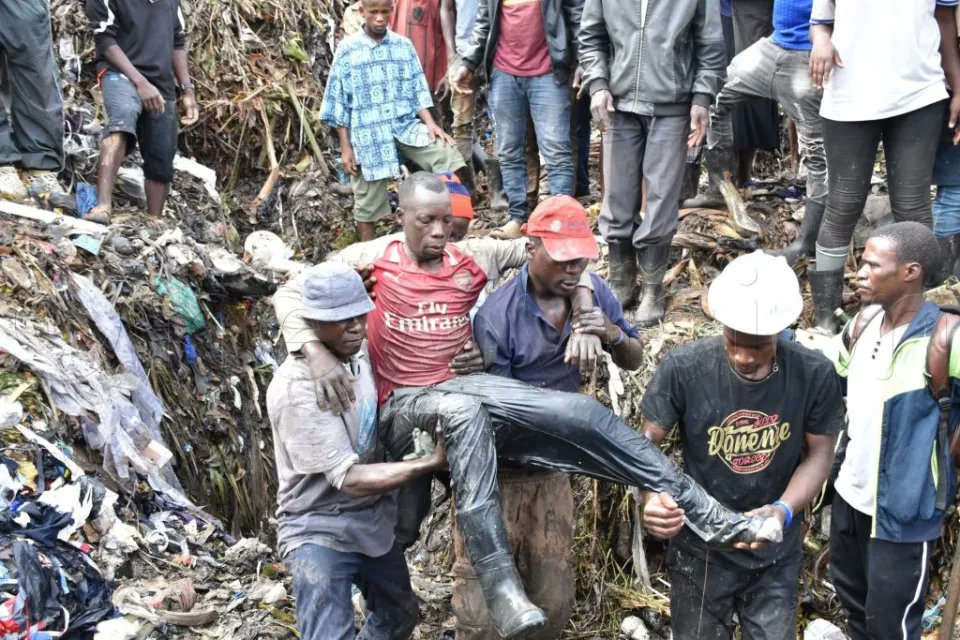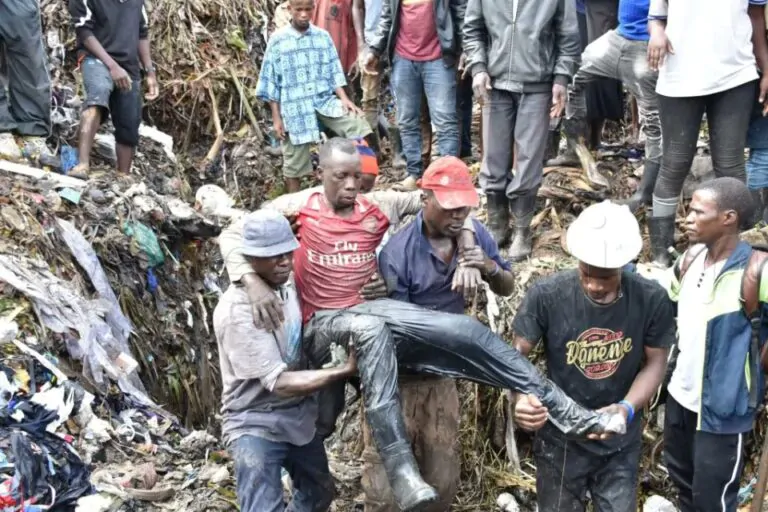10th August morning will forever be a sad moment among Ugandans following the unfortunate news of the Kiteezi landfill collapse that claimed lives and property.
By Saturday evening, 12 bodies had been retrieved from the garbage mound, that engulfed houses and livestock.
Those who were rescued alive were rushed to the nearby health facilities, to get immediate medical attention, and currently, Police among other rescue squads are doing their best to save lives.
Addressing the tragedy, President Yoweri Kaguta Museveni conveyed his condolences to the families of the People who died in the Kiteezi landfill tragedy.
The president criticized the authorities who permitted residents to settle near the hazardous and dangerous heaps of garbage in Kiteezi.

He noted that the UPDF Special Forces, have been directed to assist in the rescue at the Kiteezi landfill. Furthermore, the president also directed the State House Comptroller to financially assist the families of those who died with Ugx 5 million per person who died and Ugx.1 million per person who was injured.
He made it clear that the funds are not part of the legal compensation that may come from the Government if any Government Agency is found to be responsible.
Fellow Ugandans, especially the Bazzukulu, Greetings. This is to convey condolences to the families of the People who died yesterday as a consequence of part of the rubbish heap at Kiteezi (orubuungo), peeling off (kubeguka) and burying People who were living nearby. The first question that comes to mind is: “Who allowed People to live near such a potentially hazardous and dangerous heap?” Even without peeling off and burying People, the effluent alone (ejyurigyiriro) must be hazardous to health. The indigenous cow-dung and house-hold refuse heaps (emuungo) were dangerous enough, the fact that they were mainly organic (cow-dung-amasha-banana peelings- ebihatiro-house-hold refuse-empuunda), notwithstanding. No settlement would be allowed below the Rubuungo (the rubbish mound) on account of the effluent (ejyurigyiriro). Even without kubeguka (breaking off) of part of the mound to bury People, the effluent alone would be unpleasant and hazardous. How much more dangerous is the Kiteezi mound that is full of plastic, etc.?
When I talked to Dorothy Kisakka, she told me the story of how they wanted to move to Dundu but the Dundu People did not want to neighbour with the rubbish and instead, they have been working on positively using the rubbish, which is actually good, to generate electricity, make manure, recycle the plastics, etc. That, however, does not answer the question of why human settlement was allowed near the heap. I have, accordingly, requested the Deputy IGG, Anne Muhairwe, representing the IGG, to expeditiously investigate the matter and furnish me with the report. In the meantime, I have directed the Prime Minister to co-ordinate the removal of all the house-holds in the danger zone, in addition to ensuring the recovery, if possible of the People still buried in the rubbish. However, once again, this should educate Ugandans about the dangerous areas such as wetlands, lake-shores or the river banks, in the forests where they get in touch with monkeys and bring monkey-pox and Ebola to us, etc., etc.
All should know that People-technical or political who encourage them to do so are, actually, their enemies. How many times have we lost People in such mountain land slides, floods, etc.? Let us learn and keep away from danger. The UPDF Special Forces, have been directed to assist in the rescue. I have also directed the State House Comptroller to financially assist the families of those who died with Sh.5million per person who died and Sh.1 million per person who was injured. This is not part of the legal compensation that may come from the Government if any Government Agency is found to be responsible. May Almighty God rest the souls of our departed People in eternal Peace and heal the injured. Signed: Yoweri K. Museveni President of Uganda


